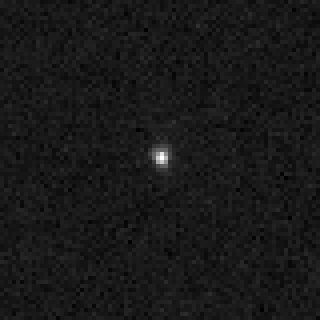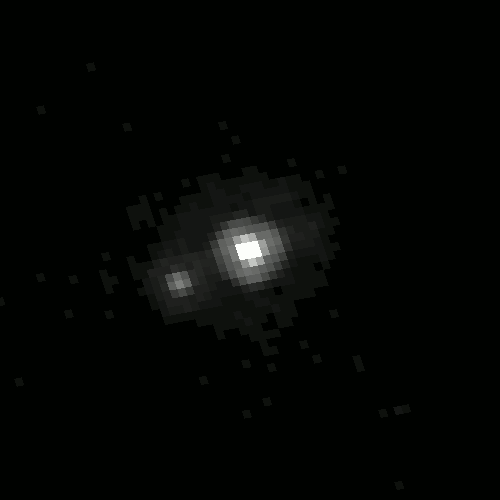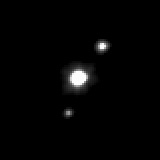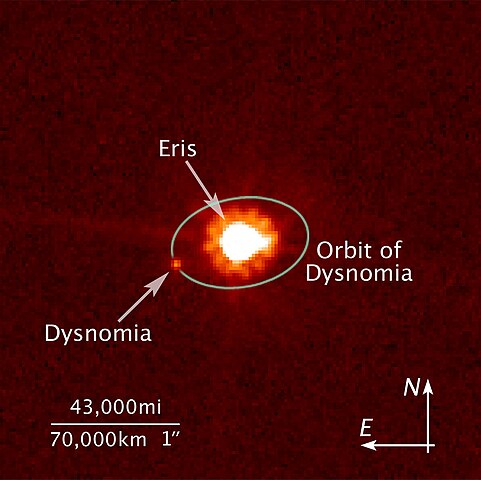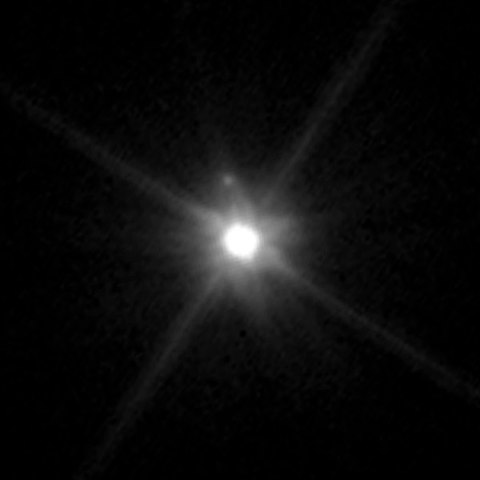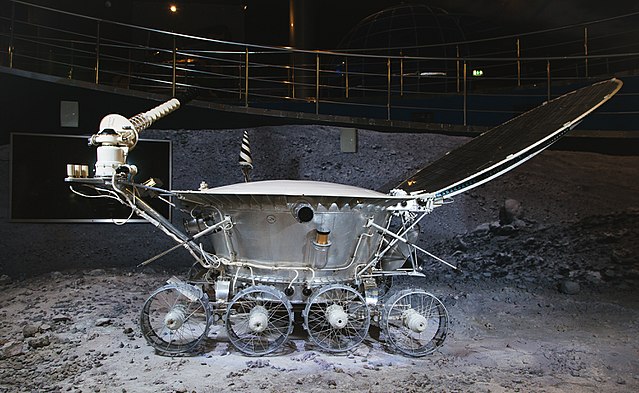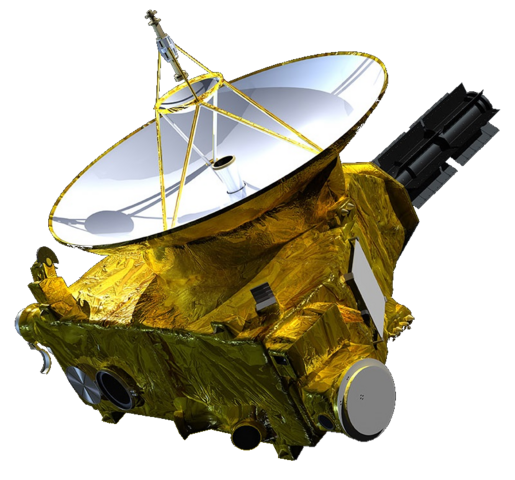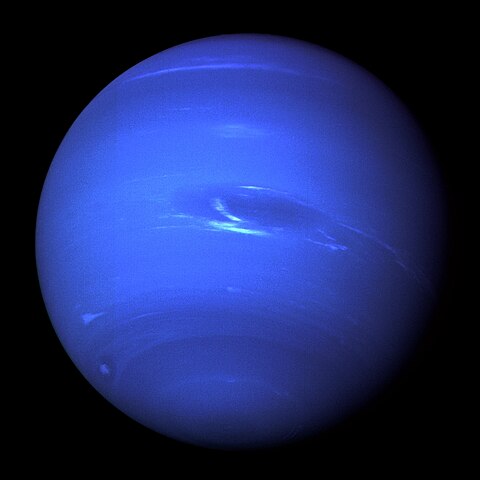1 day / second
0.5 AU
225088 Gonggong
Dwarf Planet
A large, reddish dwarf planet discovered in 2007, originally nicknamed "Snow White," that orbits in the scattered disc beyond Neptune with a highly elliptical 552-year orbit.
Key Facts
orbital regime | Kuiper Belt |
learn more | Wikipedia |
mass | 1.7500e+21 kg |
radius | 615 km |
hill radius | 0.022 AU |
semi-major axis | 67.485 AU |
eccentricity | 0.499 |
inclination | 30.627º |
longitude of the ascending node | 336.857º |
argument of periapsis | 207.668º |
orbital period | 554.382 years |
surface gravity | 0.031 g |
discovery date | July 17, 2007 |
discovered by | Meg Schwamb, Michael E. Brown, and David L. Rabinowitz at Palomar Mountain Observatory |
name origins | Named after Gonggong, a Chinese water god known for creating chaos and destruction |
material composition | Believed to contain significant amounts of water ice and methane ice |
albedo | Very dark red in color, one of the reddest known objects in the solar system |

